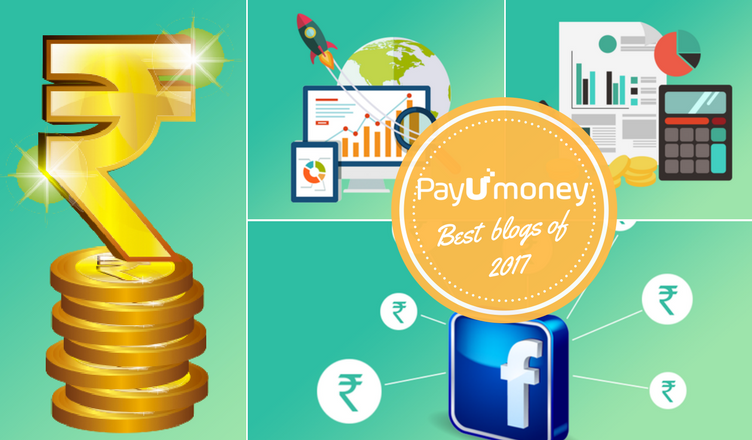AUTHOR : RIVA BLACKLEY
DATE : 13/12/2023
Introduction
In the dynamic landscape of India’s financial ecosystem, payment providers direct marketing plays a pivotal role in facilitating transactions and reshaping the way we handle money. In recent years, direct marketing has emerged as a crucial strategy for payment providers connect with their audience effectively.
Evolution of Payment Providers in India

India has witnessed a remarkable evolution in its payment industry. From traditional methods to the digital era, the market is now dominated by a myriad of payment providers offering diverse services. Key players like Paytm, PhonePe, and Google Pay have become household names, driving the shift towards a cashless economy.
Significance of Direct Marketing
Direct marketing in context of payment providers, involves personalized communication with consumers to promote services and build lasting relationships. It differs from traditional marketing by targeting specific individuals rather than a broad audience, fostering a more direct and impactful connection.
Challenges in Payment Provider Direct Marketing
While direct marketing holds immense potential, it comes with its set of challenges. Regulatory hurdles and the ever-increasing competition in the payment industry pose obstacles for providers aiming to stand out in the crowded market.

Strategies for Effective Direct Marketing
To overcome challenges, payment service providers[1] employ strategies such as identifying their target audience and personalizing marketing campaigns. Understanding the unique needs of consumers allows providers to tailor their messages, increasing the chances of engagement.
Case Studies
Several payment providers in India have successfully utilized direct marketing strategies[2] to achieve their goals. Case studies showcasing innovative and effective campaigns provide insights into the strategies that resonate with consumers.
Technological Innovations in Direct Marketing
The integration of artificial intelligence and data analytics has revolutionized direct[3] marketing strategies. Payment providers leverage these technologies to analyze consumer behavior, enabling them to create more personalized and impactful campaigns. Additionally, adopting mobile-first strategies ensures a seamless user experience.
Consumer Trust in Payment Providers
Building and maintaining trust is paramount in the payment industry[4]. Direct marketing serves as a tool to address security concerns, educate consumers, and establish transparent communication, ultimately fostering trust between providers and users.

Future Trends in Payment Provider Direct Marketing
As technology continues to advance and regulatory landscapes evolve, payment providers must stay ahead of the curve. Emerging trends, including the use of blockchain and the impact of changing regulations, shape the future of direct marketing in the industry.
Benefits and ROI of Direct Marketing
Measuring the success of direct marketing campaigns[5] involves assessing not only immediate returns but also long-term gains. Understanding the benefits and return on investment ensures that providers can refine their strategies for sustained growth.
Social Media and Payment Provider Marketing
Social media platforms have become integral to direct marketing efforts. Payment providers harness the power of these platforms to reach a wider audience, showcasing success stories of effective social media campaigns.

Collaborations and Partnerships
Strategic collaborations and partnerships strengthen the marketing endeavors of payment providers. Success stories highlight how alliances within the industry contribute to mutual growth and innovation.
Educational Initiatives by Payment Providers
Beyond marketing services, payment providers are increasingly involved in educational initiatives. Promoting financial literacy not only benefits consumers but also enhances the brand image of providers as responsible contributors to societal development.
Global Comparison
Comparing India’s approach to payment provider direct marketing with other countries provides valuable insights. Understanding global trends helps providers stay competitive and adaptable in the evolving landscape.
Conclusion
In conclusion, payment provider direct marketing in India is a dynamic and evolving field. Successful strategies involve understanding the audience, leveraging technology, building trust, and adapting to changing trends. As the industry continues to innovate, direct marketing remains a key driver of success.
FAQS
- Is direct marketing more effective than traditional marketing for payment providers?
- Direct marketing allows payment providers to target specific audiences, making it more personalized and impactful compared to traditional methods.
- How do payment providers measure the success of their direct marketing campaigns?
- Success is measured not only in immediate returns but also in long-term gains, including increased customer engagement and brand loyalty.
- What role does technology play in the future of payment provider direct marketing?
- Technology, including AI and data analytics, will continue to shape the future of direct marketing, enabling providers to create more personalized and effective campaigns.
- How can payment providers address security concerns through direct marketing?
- Direct marketing serves as a tool to transparently communicate security measures, educate consumers, and build trust in the payment provider.
- Are there any specific regulations governing direct marketing in the Indian payment industry?
- The Indian payment industry is subject to regulatory frameworks, and payment providers must navigate these regulations while implementing direct marketing strategies.

